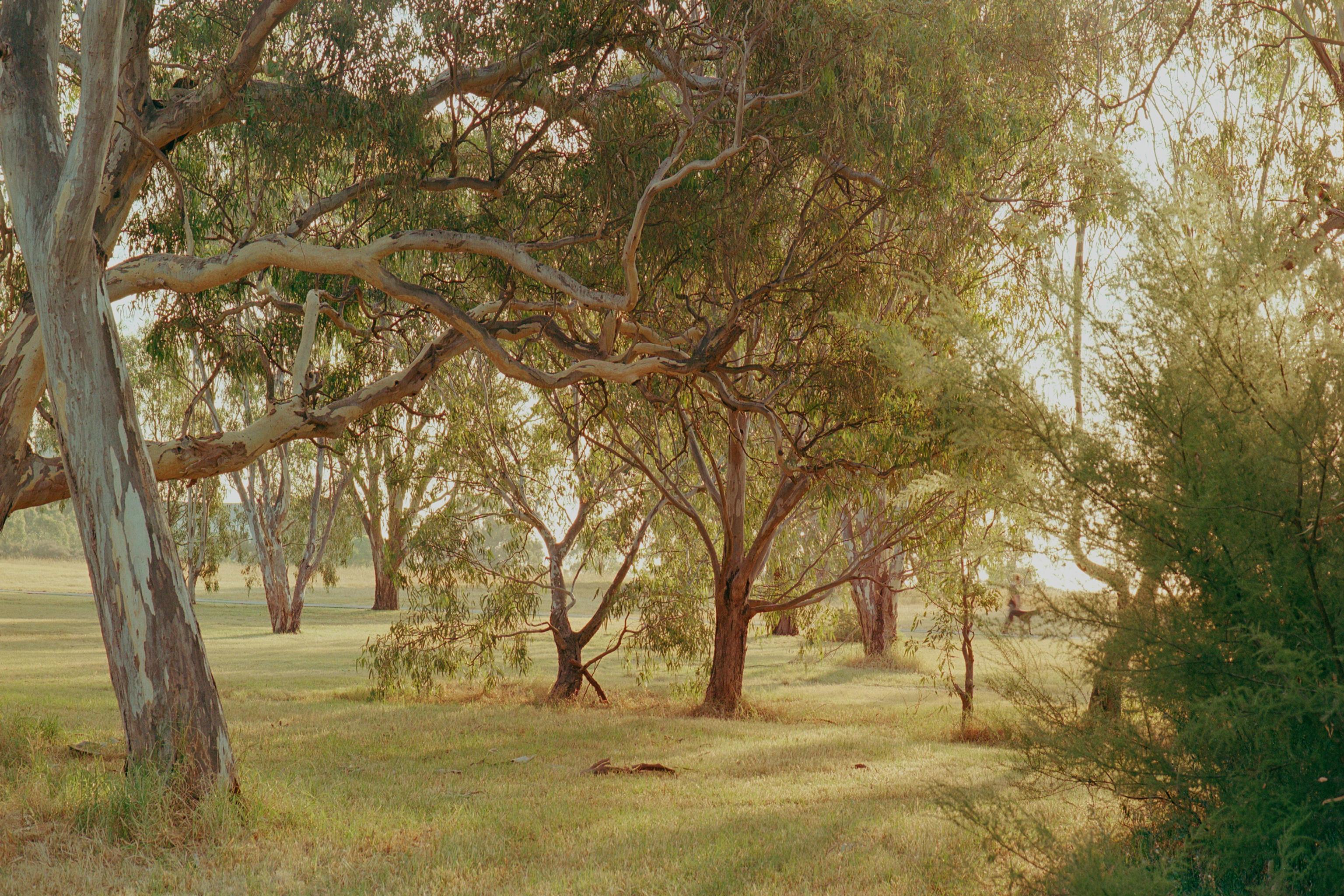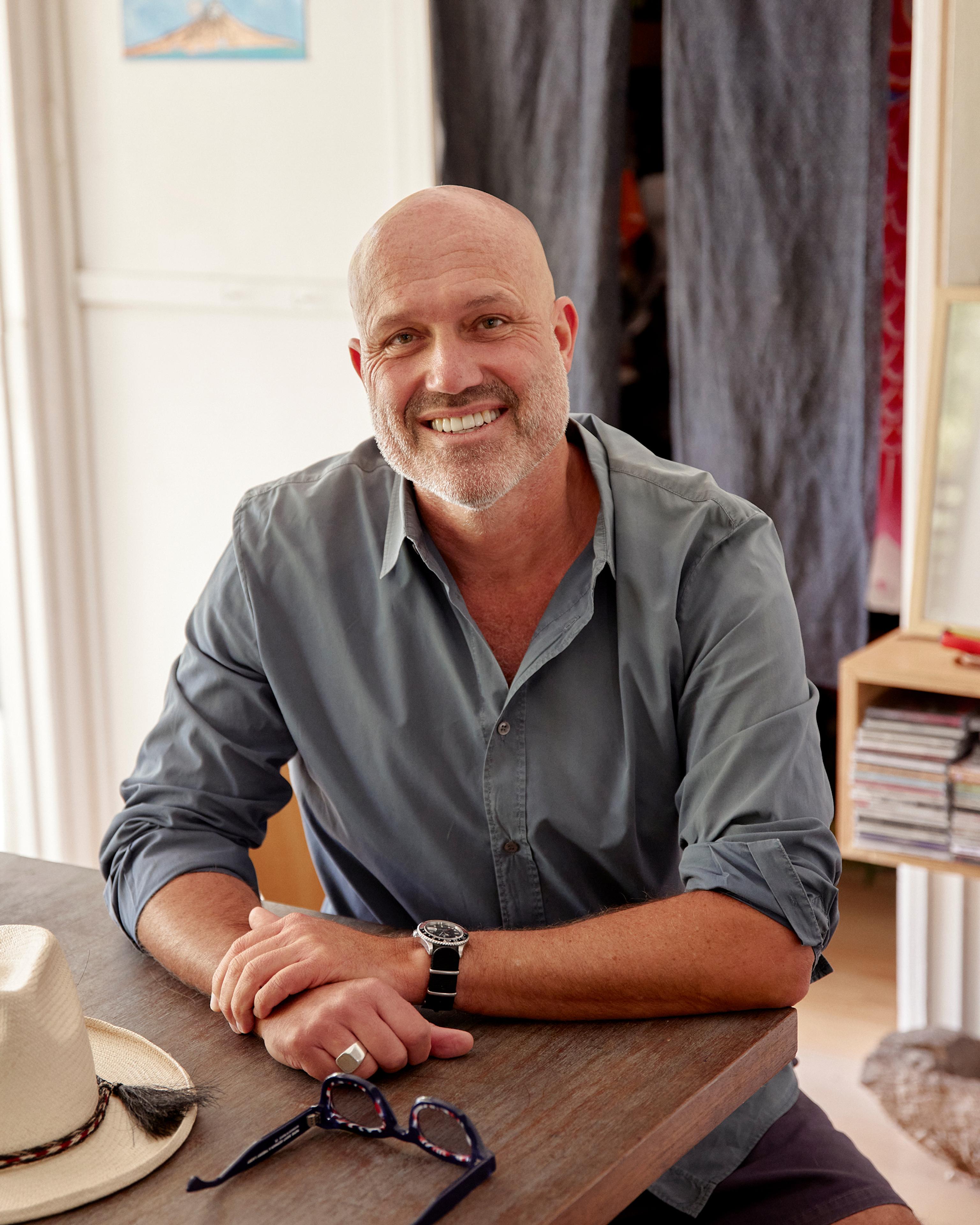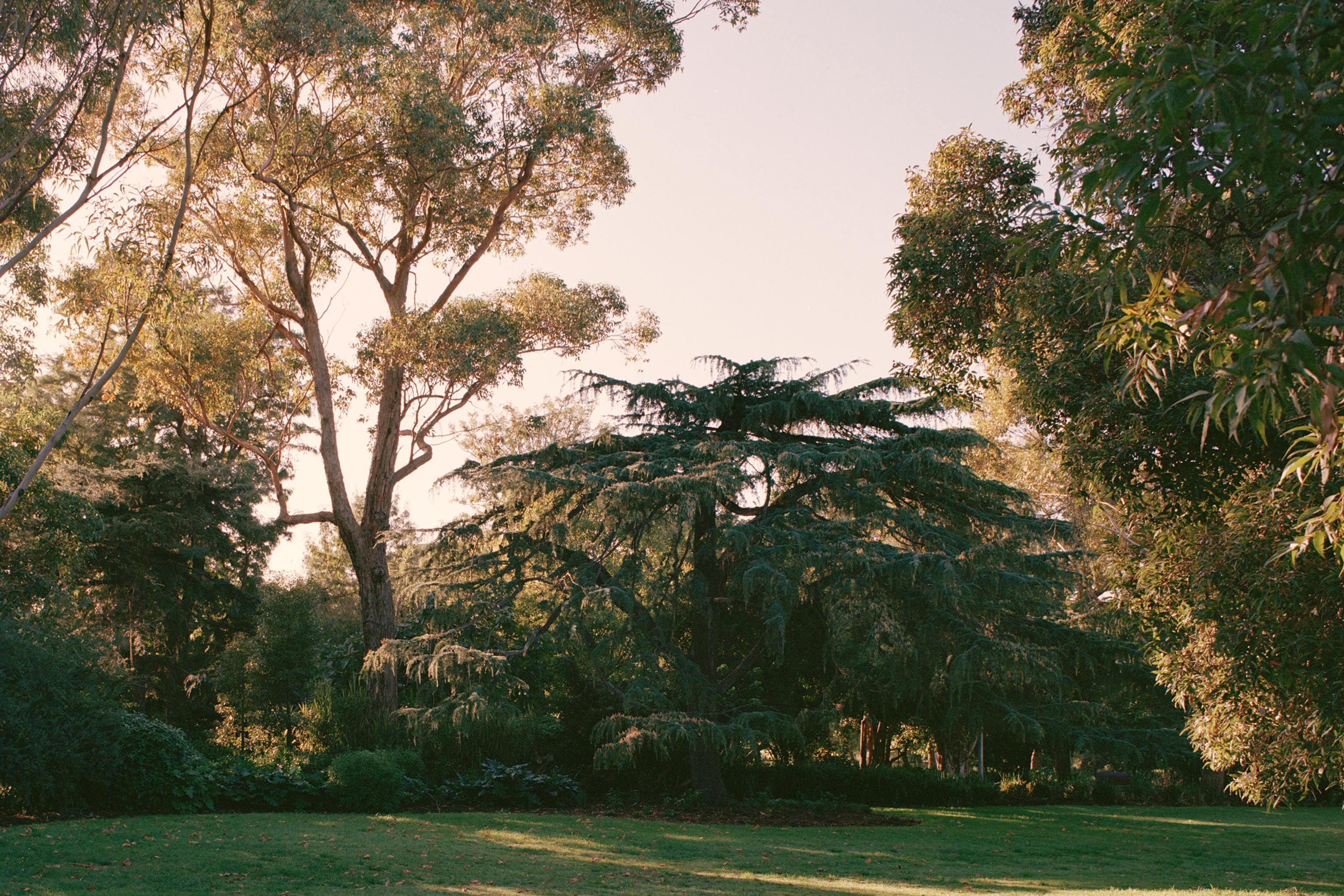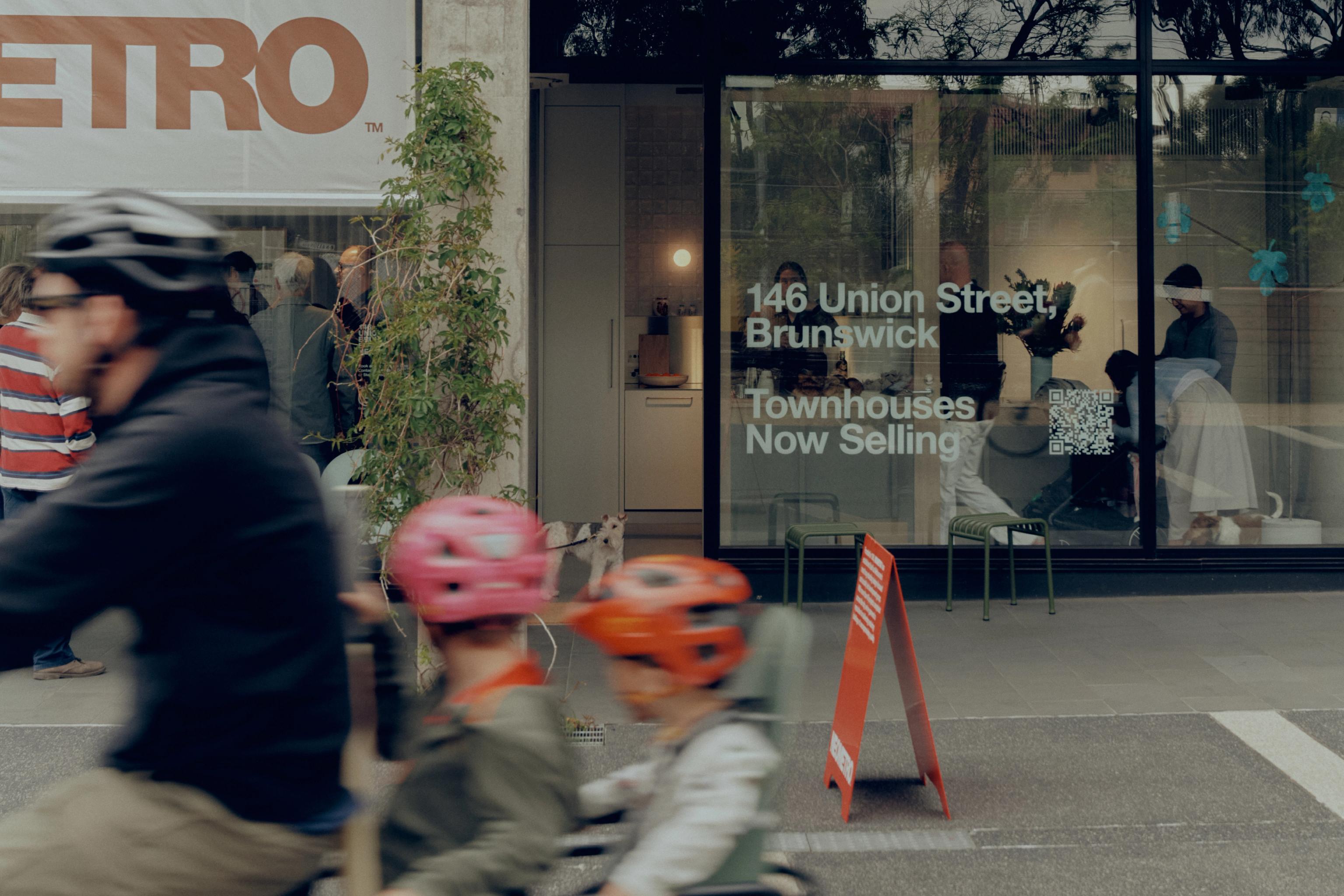✴Events
❋Design
Neometro's Guide to Healthy Buildings

For over 30 years, Neometro has been refining its approach to designing and developing healthy buildings. An intent to create homes that make people happy, connect them with their local community and improve overall wellbeing has now culminated in a manifesto - ‘The Guide To Healthy Buildings.’
In tandem with his role as Director at Neometro, James Tutton is co-founder of Australia’s largest digital mental health not-for-profit, Smiling Mind. Smiling Mind provides preventative mental health tools focused on young people. The organisation aims to support generational change by enabling young people the lifelong skills to evolve and maintain “mental fitness” via an array of clinically proven modalities. Since its inception the Smiling Mind app has had in excess of eight million downloads. This contextual alignment brings additional perspective, solidifying a long-running passion for wellbeing and driving a keen sense of responsibility within the property development space.
As a certified B Corporation, Neometro is supported by a belief that business can, and should, be used as a force for good. As a property development brand, that ethos is channelled into homes that prioritise a resident’s wellbeing.

James Tutton, Neometro Director
As the building typology that most directly affects our lives given how much time we spend in them, homes have a profound influence on us. “There’s a plethora of ways medium density residential buildings can impact wellbeing — both physical and mental,” explains James. “Walkability is a prime example, incidental exercise can have a massive impact on cardiovascular and skeletal health. Walking is also more likely to expose us to plants and nature which in turn has a range of health implications in terms of mood and other factors.”

Neometro's projects in the Jewell Station Village, Brunswick are in walking distance to both Princes Park and Royal Park.
The social elements of medium-density housing have also been seen to have significant wellness benefits. Aside from an abundance of research, “it’s somewhat self-evident that social connectivity is an enabler of better health and longevity and that living arrangements that enable the formation of community bonds and friendships are crucial,” says James. “Medium-density housing naturally facilitates these types of experiences.”

Jewell Station's rooftop vegetable garden offer residents both connection to community and access to plants and nature.
Working with an external consultant who had expertise in both built-form design and wellness, Neometro created The Guide To Healthy Buildings through the collection of both academic and industry-based research before embarking on a process of synthesising that information onto practical drivers of wellness which became known as “pillars”. These six pillars — air, light, comfort, connection, mind and body — are now used to brief external design consultants (architects and interior designers) during the early development stage of all new projects.

Neometro brief the wider project team on their six pillars within their Guide to Healthy Buildings for each new project.
As Neometro’s commitment to healthy building development becomes more streamlined, James has noticed a shift underway in how the industry is dealing with ESD. Processes have become more regulated, moving towards a standard when it comes to compliance. “My view is that over the next 10 years, we will see a similar thing with wellness,” he says. “In a lot of ways, it is driven by broader social and cultural shifts but ultimately I feel developers have a responsibility to prioritise wellbeing.”

Prioritising sustainability and resident wellbeing, Neometro's project 57 Martin Street, Thornbury was recently awarded Best Apartment or Unit in the 2024 Houses Awards.
Alongside the six pillars, the Guide To Healthy Buildings also defines a Healthy Building’s Framework which has been envisioned to have flow-on effects for the greater community. Through considered site selection, the appointment of architects and consultants whose values align with Neometro’s, the inclusion of the six pillars into briefing and design and ongoing conversations with residents, the enduring efficacy and relevance of the developments are maintained. “I envision a situation in which buyers of apartments prioritise wellbeing when they’re making decisions about where they will live,” explains James. “For example, rather than coming into a sales display and asking questions about apartment sizes and finishes and notions of what defines “luxury” they’ll drill into health-related issues; access to parklands, bike storage, light quality, air quality, way-finding and design that encourages the use of stairs, common areas that gently facilitate social connection, building products that minimise emissions, hydration/water stations in easily accessible locations, and pet-friendly design.” This comprehensive vision and the articulation of minimum standards in the wellness space is something that has been woven into all of Neometro’s current projects to represent a precedent for the future healthy build of all neighbourhoods and cities.

Neometro selected the site for their project 97 Alma Road, St Kilda East as it was directly opposite Alma Park, offering residents ample green space for exercising and socialising outdoors.
You can download Neometro's Guide to Healthy Buildings here. Words by Tiffany Jade. Feature image by Pier Carthew of Royal Park, which is walking distance to Neometro's new project 146 Union Street, Brunswick.


